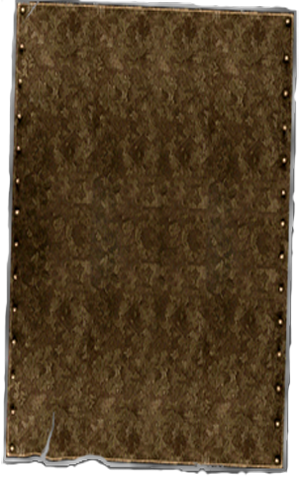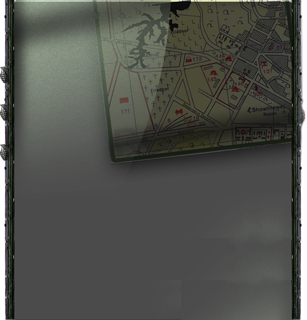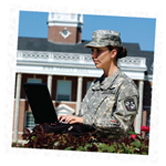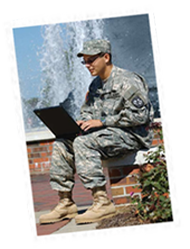







Bruffee (1999) taught that:
Thinking of writing as social, collaborative, and constructive tells us a good deal about how college and university teachers (and textbooks) should be teaching writing and expecting students to learn it. One implication is that, as much as they might like to, college and university teachers (and textbook writers) cannot tell students how to write. Instead, because writing is itself a displaced form of conversation, teachers have to find ways for students to learn to engage in constructive conversation with one another about writing. (p. 58)
One method for accomplishing soldiers' and cadets' collaborative learning is through peer review. By Bruffee's accounts, conversations conducted with our peers are the
most productive kind of conversation. So students have to converse with their peers about writing both directly and indirectly. They have to talk with one another face-to-face or online about writing. They have to write to one another about writing. (p. 59)
Having students correspond in an online class or having a cadet correspond with deployed soldiers or veterans of our Global War on Terror asks them to write to another person who shares their values, specifically Army values, and helps them learn more about writing. This method of writing is the pedagogy addressed in Elizabeth Barkley, K. Patricia Cross, and Claire Howell Major’s (2005) textbook, Collaborative Learning Techniques: A Handbook for College Faculty:
Working together can help students to learn and perform the stages of writing more effectively. Additionally, students typically write better and take more pride in their writing when they are writing for an audience. Finally, since many professions require collaborative writing, this technique can help prepare students for tasks they will have in their careers. (p. 256)
Both the discoveries made by online students engaged in collaboration and the written product created in that collaboration would inevitably act as catalysts for learning for both soldiers and cadets that could not result from current-traditional pedagogies. The sort of education that soldiers and cadets receive from an online composition course or the Telling War Stories project is unique and unattainable through any other means. Both cadets and soldiers are outstanding men and women who deserve the right to a beneficial education as they serve to defend our country's freedom. Instructors of all disciplines, both traditional and online, should be willing to seek out these unique methods to provide these men and women the opportunity to obtain a quality education.
O’Brien’s novel provides the inspiration for our unique pedagogical methods as we both considered aspects of it that enabled us to view soldiers and cadets in light of their current or future career fields. For the Telling War Stories project, our class studied the chapter “How to Tell a True War Story" in order to prepare cadets for the stories they would receive from soldiers. O'Brien's chapter wasn’t used as a methodology for telling war stories, but rather allowed the cadets to discuss what is required for a story to be true, rather than factual (and what that actually means). For Paige’s work with on-line composition courses, carrying computers on deployments, into the barracks, or heading home for work is much like carrying pictures, letters, or crosses in O’Brien’s novel. However, the laptop-toting soldiers require a teacher with a pedagogical approach that is far from traditional. O’Brien provided the motivation for our projects, and we learned for ourselves how to carry the load and would like to tell you our stories.
The links to your left will guide you into our individual courses—Paige’s on-line composition course and Mike’s Telling War Stories project—and further delve into our specific praxes. Pre-ops/Unit Cohesion explains the commonalities between our courses through a review of the scholarly literature on online communities, collaborative learning, and distance education. The Execution section describes how our differing courses were conducted, while the Outcomes section details our reflections on our projects. Our Debriefing section illustrates the lessons we have learned from our pedagogical approaches using the Army’s time-honored sustains and improves method in which one reexamines what worked and what needed some work.